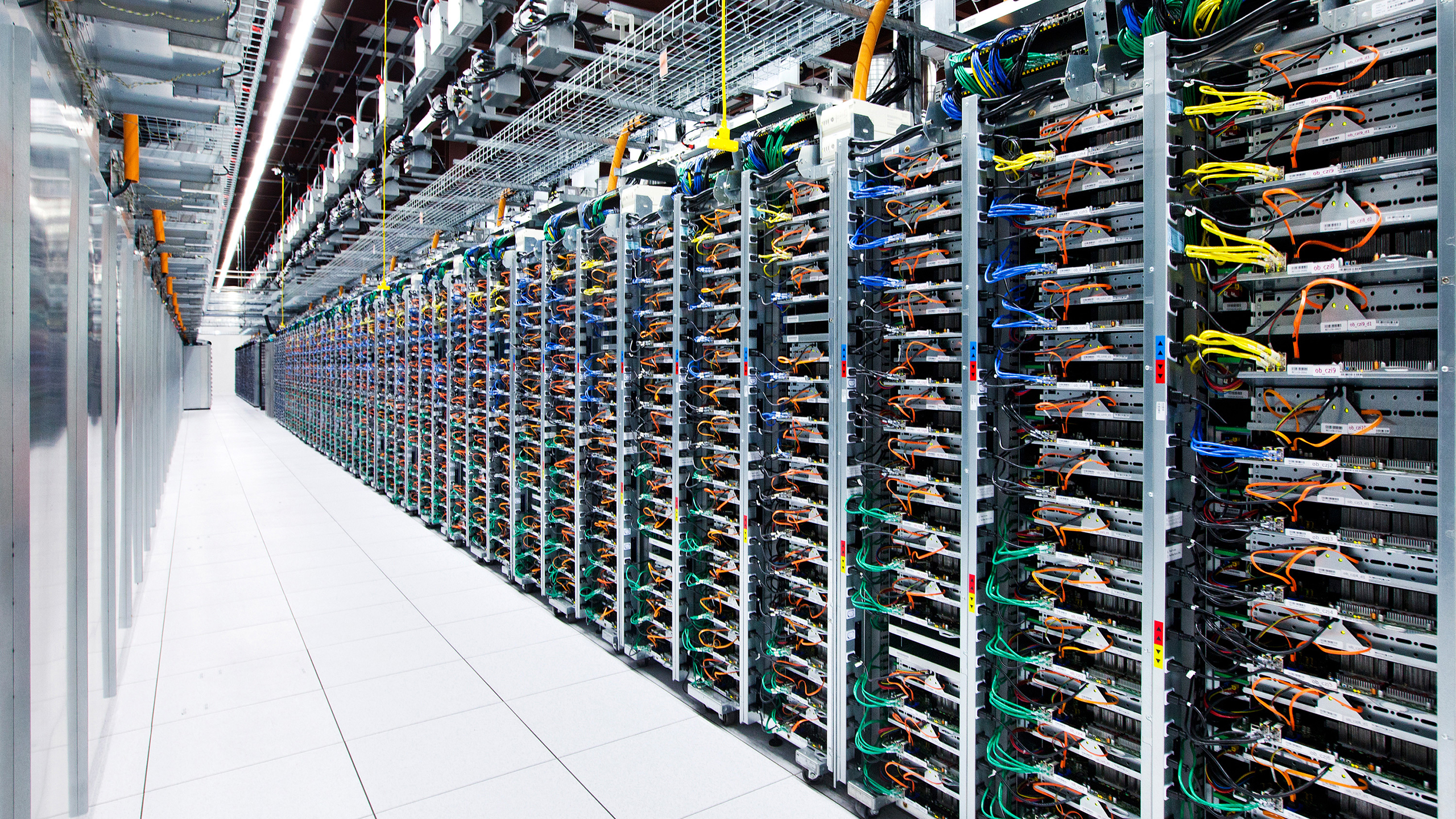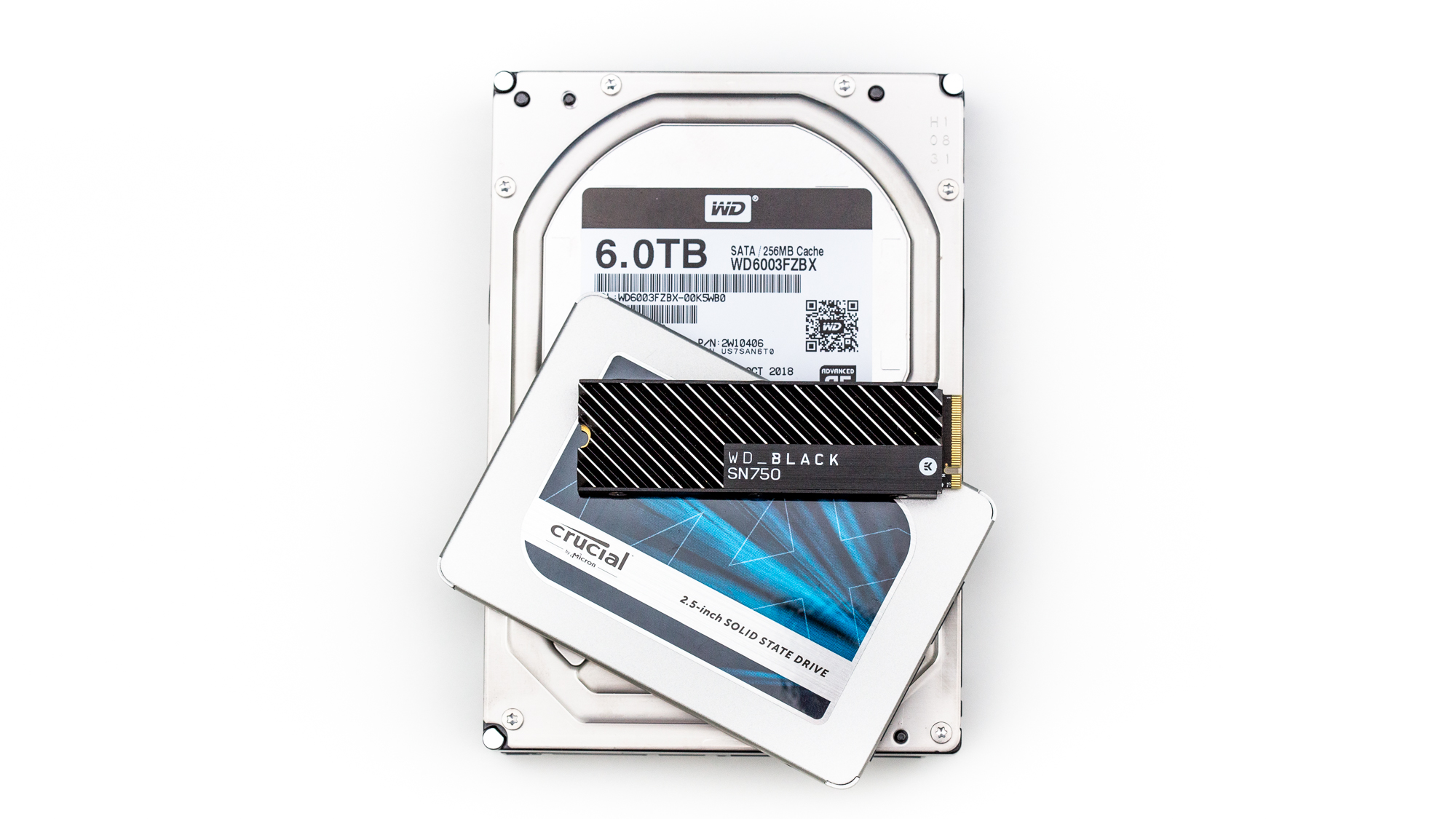Expect HDD, SSD shortages as AI rewrites the rules of storage hierarchy — multiple companies announce price hikes, too
AI isn't just consuming the GPU market. It's eating storage, too — and the shockwaves are likely to hit both HDD and SSD markets

The computing market is absolutely ablaze with AI-driven growth. Regardless of how sustainable it might be, companies are spending untold amounts of wealth on hardware, with most headlines revolving around GPUs. But the storage market is also under pressure, especially hard drive vendors who purportedly haven't done much to increase manufacturing capacity in a decade. TrendForce says lead times for high-capacity "nearline" hard drives have ballooned to over 52 weeks — more than a full year.
TredForce posted two articles on essentially the same topic today. One of them includes a letter from Western Digital to its customers warning of "unprecedented demand for every capacity in [its] portfolio," and stating that it is raising prices on all of its hard drives. WD says, of course, that this is "to support this growth and ensure continued excellence," but of course, the company will benefit from the bump to its margins and thus, profits.
📈 Following SanDisk’s 10% #NAND hike and Micron’s week-long pricing freeze, #WesternDigital is joining the price-raise club! #HDDs across all capacities are set to go up, and ocean freight delays could stretch delivery by weeks—better plan your orders now!💡More:… pic.twitter.com/iFj1vCPW5ESeptember 15, 2025
If you're unfamiliar with the term, "nearline" refers to storage that is not quite online, yet also not quite offline. It's "warm" data, information that needs to be available for ready access, but doesn't have to be as quick or responsive as the SSDs that serve as primary online storage for essentially all systems now. Because it isn't constantly being accessed, hard drives can fill this role in an economical fashion. While SSDs have made huge strides in price-per-gigabyte, hard disks are still typically four to five times cheaper by capacity.
Generative AI, as a class of workload, implies tremendous demands for nearline storage. Obviously, generative AI can spew out an unlimited pile of output, but it's not just the AI models' output that is filling up servers' storage. The software infrastructure to both set up and run generative AI workloads is itself quite heavy: Training datasets, model checkpoints, inference logs, and more specialized fine-tuning datasets can all eat up petabytes of data in a shockingly short amount of time.

That's why the trendline for warm storage is going vertical: You don't just need the data required to run inference. You also need the history of everything to prove to regulators that you're not laundering bias, to retrain when new data comes in, and to roll back to a previous checkpoint if your fine-tuned model goes feral and, say, starts referring to itself as MechaHitler. This stuff can't go to offline storage until you're certain it isn't needed in the short term. But it's too big to live in the primary storage of all but the beefiest servers. Thus, the need for nearline hard drives.
Because the supply of hard drives is insufficient, cloud service providers (CSPs) and other hyperscalers might be looking at economical QLC SSDs for cold data storage. This has its benefits; performance is better, physical density can be improved, power consumption is typically lower, and most importantly, they're actually available to purchase. However, as we noted, SSD prices start at around four times the cost per gigabyte, and that adds up real quick when you're buying hundreds, thousands, or tens of thousands of terabytes of storage.
In response, Trendforce reports that memory suppliers are actively developing SSD products intended for deployment in nearline service. These should help bring costs down once they hit the market. But in the short term, we can expect the storage crunch to cause rising SSD prices as well, at least for enterprise drives. If you're keen on picking up some solid-state storage, it might not be a bad idea to start shopping now. Make sure you check out our list of the best SSDs for 2025 before you do.
Get Tom's Hardware's best news and in-depth reviews, straight to your inbox.
Follow Tom's Hardware on Google News, or add us as a preferred source, to get our up-to-date news, analysis, and reviews in your feeds. Make sure to click the Follow button!

Zak is a freelance contributor to Tom's Hardware with decades of PC benchmarking experience who has also written for HotHardware and The Tech Report. A modern-day Renaissance man, he may not be an expert on anything, but he knows just a little about nearly everything.
-
Alvar "Miles" Udell Weren't there multiple stories over the last couple of years saying NAND manufacturers were severely cutting supply, I want to say one report said Samsung was axing 50% of their NAND, due to a glut? No surprise there's an impending "shortage".Reply -
Blastomonas Great. Something else that the average Joe won't be able to afford soon.Reply
The end of personal conputing is fast approaching... -
vanadiel007 Once this bubble pops, we will be able to pick up a lot of goodies for cheap.Reply
Just have to be patient... -
bit_user Nice article, Zak Killian. I wish we had more clarity on exactly what sort of price increases WD expects. Perhaps maybe even they aren't yet sure, so I don't blame them for being vague.Reply -
bit_user Reply
Yes, but running the production lines costs money and you really can't blame them for not wanting to over-produce, at not insubstantial costs and to the detriments of their own selling price!Alvar Miles Udell said:Weren't there multiple stories over the last couple of years saying NAND manufacturers were severely cutting supply, I want to say one report said Samsung was axing 50% of their NAND, due to a glut? No surprise there's an impending "shortage".
So, that was about 2 years ago. I think they've had plenty of time to spin up their available capacity, since then. Although, I'd guess most of their efforts have been focused on getting higher-density NAND to market.
Back then, I took advantage of the glut to pick up a few consumer & enterprise SSDs. Then, with the impending tariffs, I jumped on a new set of HDDs for my RAID. I should be all set, for at least a couple years.
That said, if storage is more expensive, then it should lead to cloud services costing more. So, I guess we'll all pay a little for it, in one form or another. -
bit_user Reply
I think this AI boom is not all negative. I'm convinced it propelled Nvidia to make the RTX 4090 and 5090 bigger than they otherwise would've been. In the realm of storage and memory, I think we'll all benefit by seeing faster rates of improvement in density & performance than we otherwise would've.Blastomonas said:Great. Something else that the average Joe won't be able to afford soon.
The end of personal conputing is fast approaching...
So, it will likely get more expensive in the short term, but if the rate of density improvement increases enough, it could potentially offset that effect. Maybe. -
Notton Great, so AI is hogging electricity like bitcoin, GPUs like eth0, and HDDs like chia, and still has nothing to show.Reply -
93QSD5 Reply
Just btc, everyone else moved onNotton said:Great, so AI is hogging electricity like bitcoin, GPUs like eth0, and HDDs like chia, and still has nothing to show.